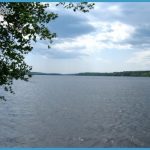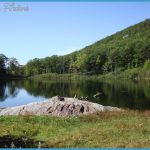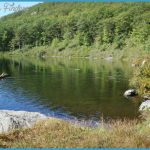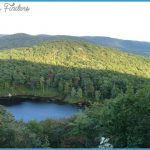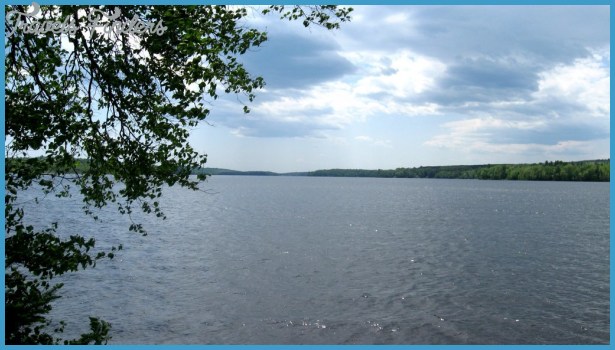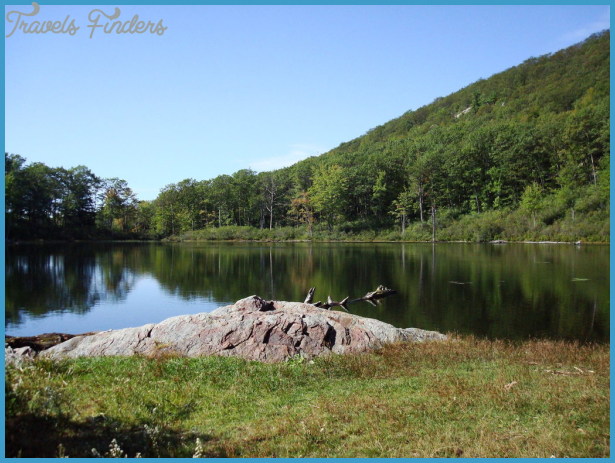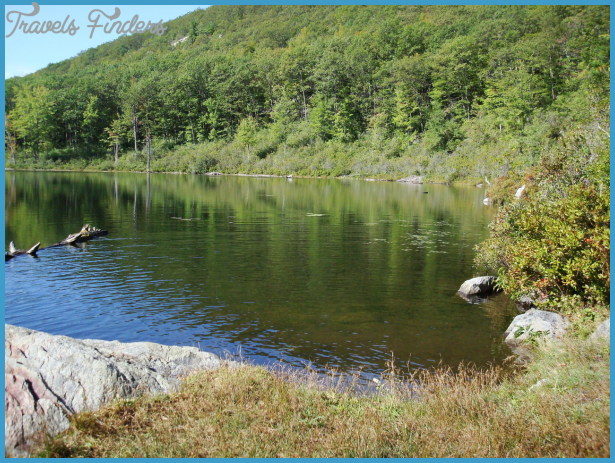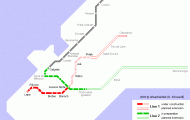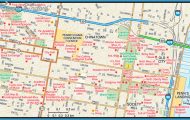Key Species: landlocked salmon, lake trout, brook trout, splake, smallmouth bass, whitefish, cusk
Best Way to Fish: boat, canoe
Best Time to Fish: May through September
MAG: 40, C-5
Description: This 3,746-acre impoundment was created by Harris Dam, on the Kennebec River. Water levels at Indian Pond are constantly changing because of drawdowns at the dam. You will need a boat or canoe to fish here. Special regulations include a daily limit on brook trout, lake trout, and landlocked salmon of two fish in the aggregate, a slot limit on trout and splake, and an artificials-only no-kill season from October 1 through October 31. Camping is available.
Fishing index: The East and West Outlets enter Indian Pond in its upper end. This area is full of little islands, coves, and points, and probably gets the most attention from anglers. Nevertheless, the fishing remains excellent. Look for brook trout, splake, salmon, and smallmouth bass in this part of the lake. For brook trout, try drifting with worms or night crawlers at any time of the year. In May and early June, you might find red quills or caddis flies hatching. Use red quills, Hendricksons, small dun variants, and any caddis pattern. You can also take brook trout here by fishing a small woolly bugger on the bottom. Use a fast-sinking fly line and let the fly hit bottom as you slowly drift along.
Smallmouth bass can be found all around the lake. Most anglers come to Indian Pond for the lake trout and landlocked salmon, but smallmouth bass fishing here is as good as it gets anywhere. For smallmouths, try lead-head jigs with plastic curlytail bodies, Mepps spinners, black plastic worms, and Dardevles. On calm days, try for topwater action with poppers. Cast toward the shore and cover as much water as possible before moving on.
The best way to take splake here is to still-fish on the bottom with worms, nightcrawlers, or small minnows. For landlocked salmon in May and early June, troll with tandem streamers, live smelt or minnows, or metal spoons. Use a sinking fly line and a 20-foot section of 6-pound test leader. Landlocked salmon will also take a single-hooked gray ghost or Jerry’s smelt trolled behind a dodger. Chrome-and-brass colored dodgers seem to work best.
The deepest part of Indian Pond, 118 feet, is at the south end. In summer, this is where you should concentrate on trolling for lake trout of 10 pounds or more. Use a downrigger or lead-core line and troll with a large minnow or small sucker. Suckers, if you can find them, are a top lake trout bait. Troll slowly and be ready to strike hard and fast when a lake trout bites. Indian Stream enters the pond about halfway down on the right. This is a good spot for lake trout and salmon as well as brook trout.
Directions: From Rockwood, drive south on Maine Routes 6 and 15 and look for the Burnham Pond Road on the right, about 3.5 miles south of the bridge over the East Outlet of the Kennebec River. Follow this gravel road to a boat ramp on Indian Pond. An alternate boat ramp is located at the extreme south end of the pond. This is somewhat more difficult to get to. Take the unpaved road from The Forks east to Lake Moxie and follow the same road north to the boat ramp and campsite at Indian Pond.
For more information: See Moosehead Lake (Site 72).

